For decades saturated fat has been demonized, ostracized, crucified, and vilified--and for no good reason. Yes, I said it: no good reason. In this post we’ll look at what saturated fat is and why it’s been held in poor regard for so long.
1, What is saturated fat?
Saturated fat is formed in a chain of carbon and hydrogen atoms. It has no empty spaces (irregularities prone to oxidation) for free radicals. Free radicals can negatively react with DNA or cell membranes, potentially causing them to malfunction or die. Because of the lack of empty spaces, it’s a very stable fat at high heat. Every spot is filled--it’s literally saturated as the name implies. Grass fed butter and organic coconut oil are both very high in saturated fat, which is why they are solid at room temperature.
Monounsaturated fat has one place for a free radical to enter: at the weak double bond. This fat is more delicate than saturated fat and if heated high enough, the double bond will break, become oxidized and allow for a free radical. The majority of the fat in olive oil is monounsaturated, which is why it’s liquid at room temperature.
Polyunsaturated fats have several places for free radicals and are very unstable at high heat. This fat is extremely delicate and if heated high enough, the double bond will break and allow for free radicals more readily than monounsaturated fat. Soybean and corn oil are mostly made of polyunsaturated fats, which is a big reason why we don’t recommend eating them.
As a note, it’s not that mono- and polyunsaturated fats are inherently unhealthy, but if you choose to consume them, make sure they haven’t been heated.
2. Why is saturated fat hated on so much?
Conventional thought says saturated fat is bad, but why? Well, straight from the American Heart Association’s (AHA) page on saturated fats: “Eating foods that contain saturated fats raises the level of cholesterol in your blood. High levels of LDL cholesterol in your blood increase your risk of heart disease and stroke.” We’re going to challenge this.
What the AHA states is all fine and dandy but to their first point, cholesterol is vital and necessary in your body--it is needed to create new cells! The fact of the matter is that when random-effects models were used to isolate saturated fat from the many other confounding variables in 21 studies and almost 350,000 people, this article in the American Journal of Clinical Nutrition concluded that “saturated fat was not associated with an increased risk of CHD (coronary heart disease), stroke, or CVD (cardiovascular disease).” The whole story isn’t being told.
Looking at the AHA’s second point, there are two types of LDL cholesterol. LDL cholesterol is commonly known as “bad” cholesterol, but that’s a serious generalization. High levels of vLDL (very low density LDL) cholesterol (the AHA forgot that part) can increase your risk of heart disease and stroke because it’s a marker of inflammation. On the other hand the large buoyant LDL is a sign of good health. To add to the complexity, we typically don’t even directly measure the appropriate markers when we go get our physicals. Because measuring LDL and vLDL particle number is more costly to the lab, we only get an estimate of concentrations based on the total cholesterol and HDL concentrations measured, which really have little to no indication of heart health. Again, the whole story isn’t being told.
So now that you know what saturated fat is and that the conventional ‘wisdom’ on it is misleading, you’ve got some knowledge to move forward with. That ain’t all though because in Saturated Fat 102 we’ll explore the benefits of saturated fat over mono- and polyunsaturated fats. Stay tuned peeps.




